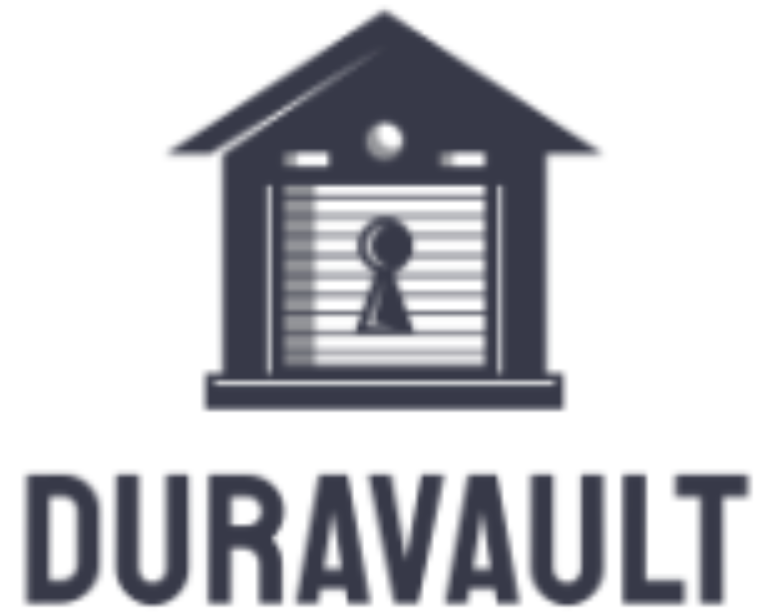Direct Biomass Storage is Durable
Any discussion about Durability for Carbon Dioxide Removal (CDR) is bound to be controversial. Durability claims are put forward, related credits sold, claims later contested, and doubts about CDR spreads.
The controversies result from emerging and improving scientific understanding, and from ever-increasing CDR project experience. We have to study and experience CDR to know what questions to ask and what questions to answer. It’s an honest process. I’m certain these claims and counterclaims will continue for at least another decade or two.
Some would argue that absolute truth is necessary before investing time and effort in CDR. I’m telling you this is absolutely the wrong answer. The earth needs lower carbon concentrations in the air and it needs it now. All hands on deck. Your children will want to know that you bravely pushed forward in this particular battle, despite uncertainty.
Direct Biomass Storage (DBS) has its own “permanence” dilemma. It goes something like this:
“If everything ‘goes right’ over the coming hundreds or thousands of years, DBS is clearly ‘Permanent’. Abundant coal deposits around the world is proof positive that DBS has worked in the past, and can work now. But how can I be confident everything will go right?”
In the biz, things going wrong is formally called a “Reversal.” Something happens, like a managed forest burns down, releasing lots of greenhouse gasses in the air, which eliminates the underlying value of any purchased carbon credits associated with that forest. This kind of Reversal is embarrassing to all parties and leads to a lot of fingerpointing: Whose fault was this? Who owes what to whom? Will The Guardian embarrass me in some misleading expose? These are real problems.
At DuraVault we’ve thought a lot about how to manage DBS Reversals. In Direct Biomass Storage specifically, Reversals might take the following forms:
Fire might burn underground where unmerchantable wood is buried in a woodvault. This is obviously less likely than a normal wildfire, but it is still a possibility.
Structural problems with the wood vault, might accelerate decomposition beyond acceptable levels.
Unexpectedly high proportions of methane might be released, a much more dangerous greenhouse gas than carbon dioxide.
Floods might overcome a carefully engineered woodvault.
Tectonic activity might expose the wood to conditions that could accelerate decomposition.
Pestilence or microbes might overcome the structure and design of the facility.
In a societal collapse, marauding hordes might decide they want to illegally dig up and burn wood buried deep underground, rather than harvest easily accessible wood that surrounds them in forests.
These Reversal conditions seem potentially severe, but keep in mind that they can be managed! DuraVault has gamed these scenarios out, thought through the probabilities, and translated them to financial and environmental terms. We fully admit that Reversals WILL HAPPEN! But we can take pre-emptive steps to address them and minimize their consequences.
I won’t go into the grisly details, but our strategy for avoiding–or dealing with–these reversals include:
Actively managing DBS facilities during the full agreed upon duration of the facility, be it 100 or 1,000 years.
Entering into legal agreements limiting future use of facility lands, ensuring access and easements, and registering deed amendments that remain in force even if land is transferred.
Deploying and maintaining an industry-leading MRV system that detects problems even before they lead to any meaningful compromise.
Making pre-emptive repairs if possible, and reactive repairs if necessary.
Maintaining reinsurance or self insurance policies that replace any lost carbon credits.
Ensuring Trust Funds are available and controlled, to accomplish all of the above.
So Remember:
If everything goes right, Direct Biomass Storage is Permanent. It is possible that everything will not go right! DuraVault exists to repair and replace things that go wrong.

